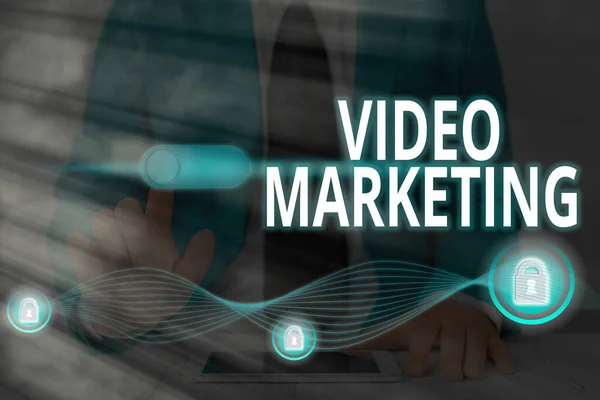
Introduction: The Digital Revolution
In the fast-paced world of modern business, the digital landscape has emerged as a dynamic and ever-evolving arena for marketing and promotion. With consumers spending increasing amounts of time online, businesses must adapt and embrace digital marketing strategies to remain competitive and connect with their target audience effectively. In this comprehensive guide, we’ll explore the multifaceted realm of digital marketing, from understanding the fundamentals to implementing strategies that drive results.
1. Understanding Digital Marketing
Digital marketing encompasses a wide range of tactics and strategies aimed at promoting products or services on digital channels such as search engines, social media, email, and websites. Unlike traditional marketing, which relies on offline channels like print ads and television commercials, digital marketing leverages the power of the internet to reach and engage with a targeted audience in a more personalized and interactive way.
2. Core Components of Digital Marketing
Digital marketing consists of several core components, each playing a crucial role in a comprehensive digital marketing strategy:
- Search Engine Optimization (SEO): Optimizing your website to rank higher in search engine results pages (SERPs) and attract organic traffic.
- Content Marketing: Creating valuable and relevant content to attract and engage your target audience and drive organic traffic to your website.
- Social Media Marketing: Leveraging social media platforms to build brand awareness, engage with your audience, and drive traffic and conversions.
- Email Marketing: Sending targeted email campaigns to nurture leads, promote products or services, and build customer relationships.
- Pay-Per-Click (PPC) Advertising: Running paid advertising campaigns on search engines and social media platforms to reach targeted audiences and drive traffic and conversions.
- Influencer Marketing: Collaborating with influencers and thought leaders in your industry to reach new audiences and increase brand awareness and credibility.
- Analytics and Data Analysis: Monitoring and analyzing key metrics and performance indicators to measure the effectiveness of your digital marketing efforts and optimize your strategy for better results.
3. Developing a Comprehensive Digital Marketing Strategy
When developing your digital marketing strategy, it’s essential to take a holistic approach that encompasses multiple channels and tactics to achieve your marketing objectives. Start by defining clear goals and objectives for your campaigns, whether it’s increasing website traffic, generating leads, or driving sales. Next, identify your target audience and understand their demographics, interests, and behavior to tailor your messaging and tactics effectively. Finally, select the most appropriate digital channels and tactics based on your goals, audience, and budget, and develop a cohesive strategy that integrates them seamlessly to maximize your results.
4. Implementing Effective Digital Marketing Tactics
Once you’ve developed your digital marketing strategy, it’s time to put it into action. Here are some key tactics to consider implementing:
- Create high-quality, valuable content that resonates with your audience and provides them with solutions to their problems or answers to their questions.
- Optimize your website for search engines to improve its visibility and ranking in organic search results and attract more traffic.
- Engage with your audience on social media by sharing relevant content, responding to comments and messages, and participating in conversations relevant to your brand.
- Use email marketing to nurture leads, promote products or services, and build relationships with your audience by sending targeted, personalized email campaigns.
- Experiment with paid advertising on search engines and social media platforms to reach new audiences and drive targeted traffic and conversions.
- Collaborate with influencers and thought leaders in your industry to expand your reach, increase brand awareness, and build credibility with your target audience.
5. Measuring and Analyzing Performance
Measuring the effectiveness of your digital marketing efforts is essential for optimizing your strategy and maximizing your return on investment (ROI). Use web analytics tools to track key metrics such as website traffic, conversion rate, engagement rate, and ROI for each digital channel and tactic. Analyze your results regularly to identify trends, patterns, and areas for improvement, and use this insight to refine your strategy and achieve better results over time.
Conclusion: Unleash the Power of Digital Marketing
Digital marketing offers businesses unparalleled opportunities to reach and engage with their target audience, drive traffic and conversions, and achieve their marketing objectives in today’s digital age. By understanding the fundamentals of digital marketing, developing a comprehensive strategy, implementing effective tactics, and measuring and analyzing performance, you can harness the power of digital marketing to elevate your brand and drive results. So embrace the digital revolution, and let the power of digital marketing propel your business to new heights of success!

